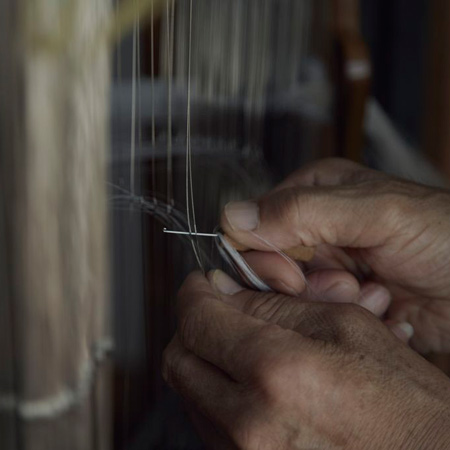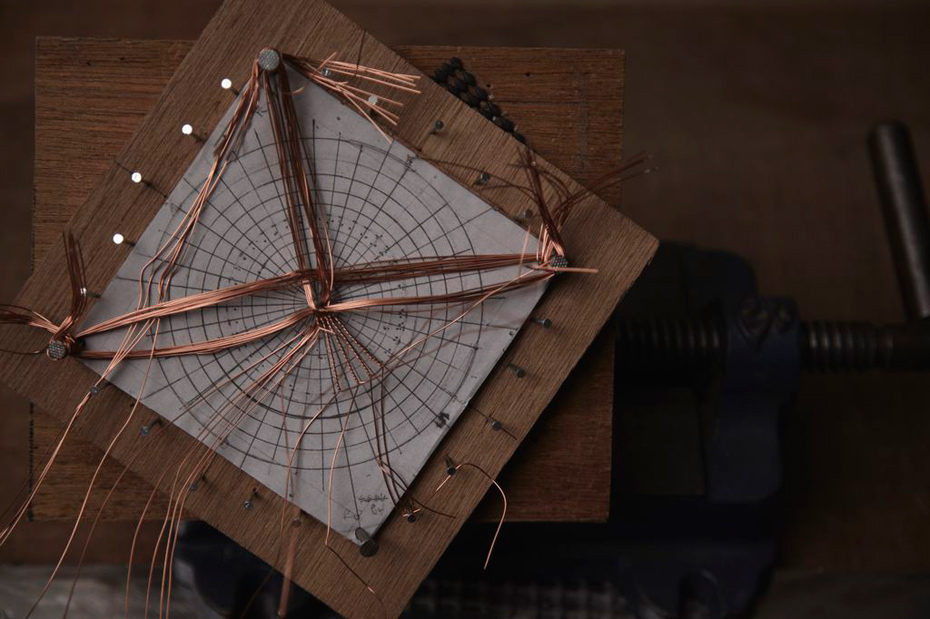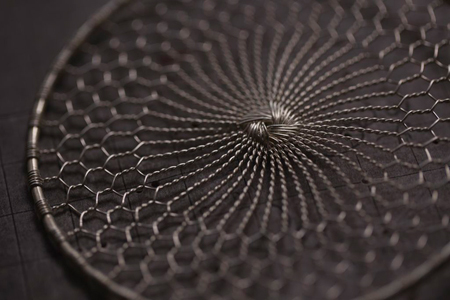- OeO’s creative director Thomas Lykke on Kyoto-6, the Japan Handmade design collective, and his high hopes for the Italian trade show

Words Stephanie KukulkaAbove: Ceramic pots by AsahiyakiThis year’s Salone del Mobile in Milan is sure to bring an abundance of creatively inspiring designs to the foreground. Previewing the collections on display, we were particularly impressed with the collaboration collection between Danish design consultancy OeO and Japan Handmade (JH) – a collective of independent Japanese craftsmen. Thomas Lykke, OeO’s creative director, spoke with Stephanie Kukulka about the company’s ambitions, the formation of JH, and his hopes for the showcase at the Salone.
Lykke describes OeO as “a bunch of creative thinkers with their eyes and ears to the ground, spotting new design talent.” Priding themselves on their internationally sourced collaborations, OeO seek out companies rooted in traditional crafts, and evolving them into internationally marketable products. Lykke is clear to assure me that they are not there to re-shape their craft, but merely “take their hand, and guide them towards a wider profitable international market”. As a result, “the evolution of each design company has to be natural, and not forced.”


Hand woven fabric on the loom, by Hosoo

 Unlike other similar companies, OeO first begins its process with the concept of communication – “It’s important for us that the product’s communication is natural, allowing consumers and viewers to feel an honest approach, and authentic design.”
Unlike other similar companies, OeO first begins its process with the concept of communication – “It’s important for us that the product’s communication is natural, allowing consumers and viewers to feel an honest approach, and authentic design.”
Japan Handmade – a name bestowed in response to the notoriously tricky Japanese names we the West struggle to remember, Lykke jovially explains – is composed of six individual Kyoto-based craftsmen, dubbed by Lykke as the Kyoto-6. Due to a nationwide decline in traditional crafts, the Japanese government has sponsored the project, seeing the importance of keeping traditional Japanese crafts culturally present. The relationship between OeO and textile company, Hosoo, first began two years ago. This was essentially OeO’s gateway to a series of similarly situated traditional Japanese artisan companies, all which were struggling to launch their products on an international scale.
A Hosoo weaver uses traditional techniques
to weave their fabrics
- Currently JH consists of: Kaikado – a 130-year-old tin tea caddie specialist company; Nakagawa Mokkougei – craftsmen of woodwork, particularly the wooden pail technique which dates back 700 years; Kanaami-Tsuji – traditional hand-weaving metal craftsmen, whose technique is believed to date back over ten centuries; Kohchosai Kosuga – masters of fine bamboo crafts established in 1898; Asahiyaki – specialists in ceramics and porcelain with exquisite colour-glazing techniques that date back four hundred years; and Hosoo – founded in 1688 as technicians in superior quality, three-dimensional woven fabrics.
The beauty of these collaborations is that traditional artisan skills and products such as these, with legacies going back hundreds of years, will not only remain alive and prosperous, but also available to the West. It’s a lifeboat to an otherwise sinking craft, allowing the stories told through traditional Japanese design to continue being told to a conscious global audience for years to come.
Top: Kaikodo’s metal workers produce beautiful, traditional copper teapots like the one below


Kanaami-Tsuji’s metal weavers create intricate metal hexagonally structured baskets and bowls
- The MOST Air and Water Pavilion at the Salone will host JH’s exhibition, providing the affluent international design market the opportunity to view and order pieces from the collections. For Lykke, the Salone isn’t about acquiring multiple stockists, but rather “finding just one or two extremely exceptional stores to stock products”.
Lykke feels remarkably honoured to work with such skilled artisans, and says if nothing else, he hopes the collaboration will “communicate the importance of craftsmanship, not only in Japan, but worldwide, and create a movement back to the heightened times of beautiful crafts”.
Images courtesy of Japan HandmadeSalone del Mobile runs from 9 to 14 April 2013. Follow our coverage online here, or on Twitter #Salone

Subscribe to Port Magazine annually and receive each issue to your door.
Get PORT in print



